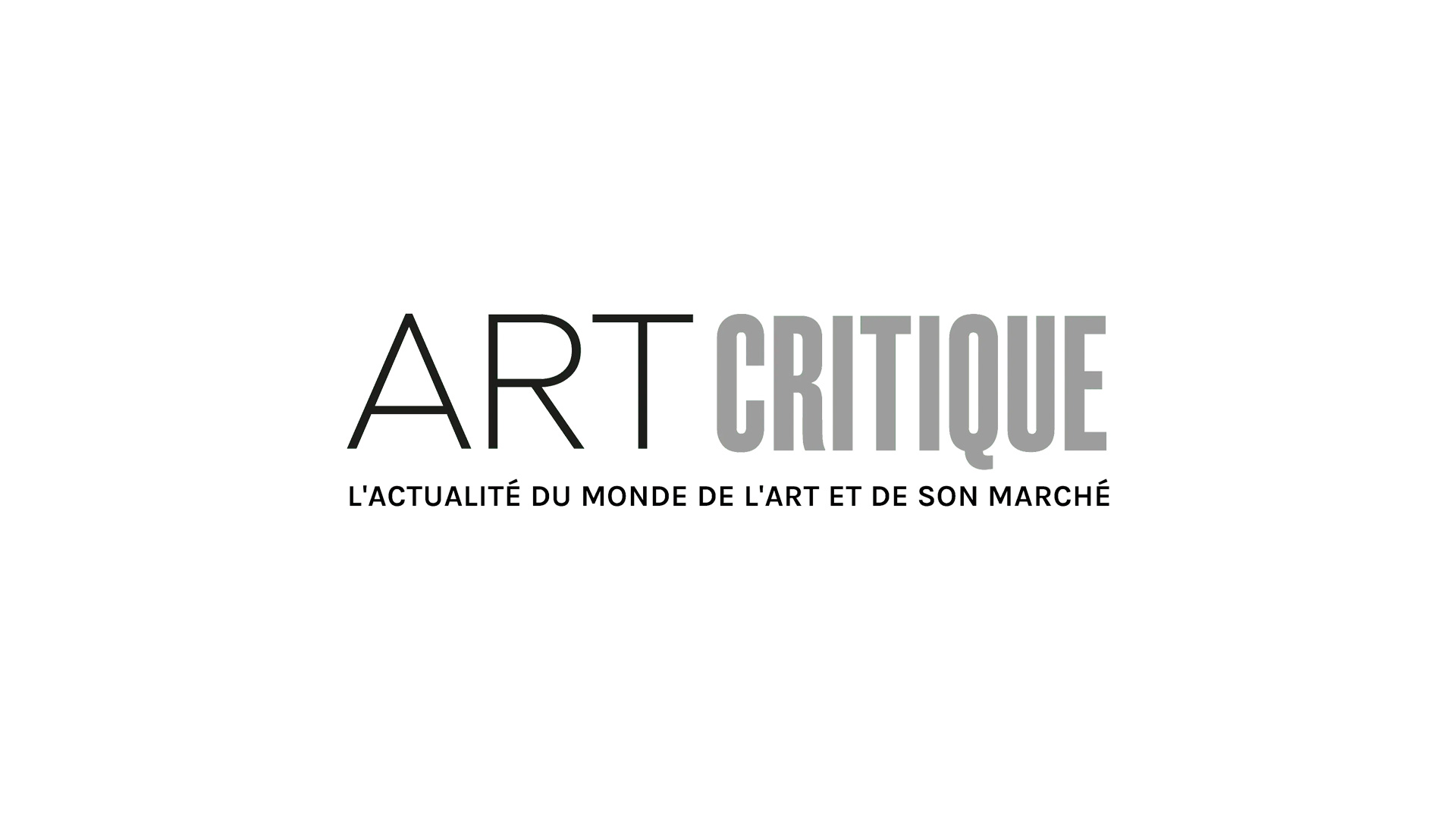Museums of all shapes and sizes are striving to engage quarantined audiences all over the world through digital initiatives. While their physical doors may be closed, your favorite museum likely has at least one video tour with a curator or downloadable gallery guide. Cultural institutions have a history of being slow to adapt to new technologies. Yet, with the limitations of COVID-19, museums are rising to the challenge and fulfilling their need to serve the public.
At the Denver Art Museum alone, staff members have created a wide range of resources for visitors of all ages to experience, Natural Forces: Winslow Homer and Frederic Remington, an exhibition that was scheduled to open the week it closed. Over the past few weeks, departments have collaborated to create an online course taught by the curators and an overview packet of the exhibition. Soon they will also offer poetry pairings with artwork and poets of the period and printable interactives to download at home.
Cultural institutions are also using social media to animate and educate people at home. There are specific international hashtags such as #MuseumMomentofZen that focus on sharing works of art that are calming, and that may bring a moment of peace. The other popular and more humorous hashtag is #MuseumfromHome, where experts deliver one-minute chats about specific artworks from the comfort of their pajamas.
For other museums, bringing cultural opportunities through live-streaming programs has created an accessible means for people from all backgrounds and situations to learn more about art. Offering a live talk, tour, or art-making activity, allows visitors to schedule their days around these offerings. This resolution not only helps people looking for ways to enrich their days but also connects hundreds of individuals at the same time. They can have a shared experience with their friends and family, even when they are far apart.
Technology is the solution for engaging audiences while museum doors remain closed, but what will happen when they open again? As an Interpretive Specialist at a museum, my goals have always been to connect audiences, augment their experience, and spark creativity. Some tactics I would use often included hands-on activities, sensory elements, or response areas. Many of these essential means of interactions will no longer work in a post-COVID-19 world.
Now we live in a world where social distancing is indefinite for the foreseeable future. Museums will need to open their doors to a place where visitors cannot touch the doors, sit down on benches, and even less pick up in-gallery materials. Many museum educators are completely rethinking how they do they do their jobs and how they can create meaningful interactions for participants from a distance.
Is this the end of the touch screens or touch tables at museums? Perhaps for a time, but in their place, new ways of interacting will develop. “I think constraints are a good thing,” says Paul Oreselli, an independent Museum Exhibition Designer and Developer on the Museum Archipelago podcast. “Now we’ve been thrown some public health and perceptual constraints. We have to think about that because certainly, our visitors will be thinking about that. If we don’t show that we are sensitive to that, our visitors could rightly think that we are insensitive to those design considerations but insensitive to them.”
Even when many museums face uncertain futures or striving to find the means to stay afloat, their staff members move forward in the hopes that they can add to the quality of life to those stuck at home alone, homeschooling children, or in need of inspiration. In these challenging times, engaging with art and sharing this experience can give us a sense of belonging even when we are six feet apart.





